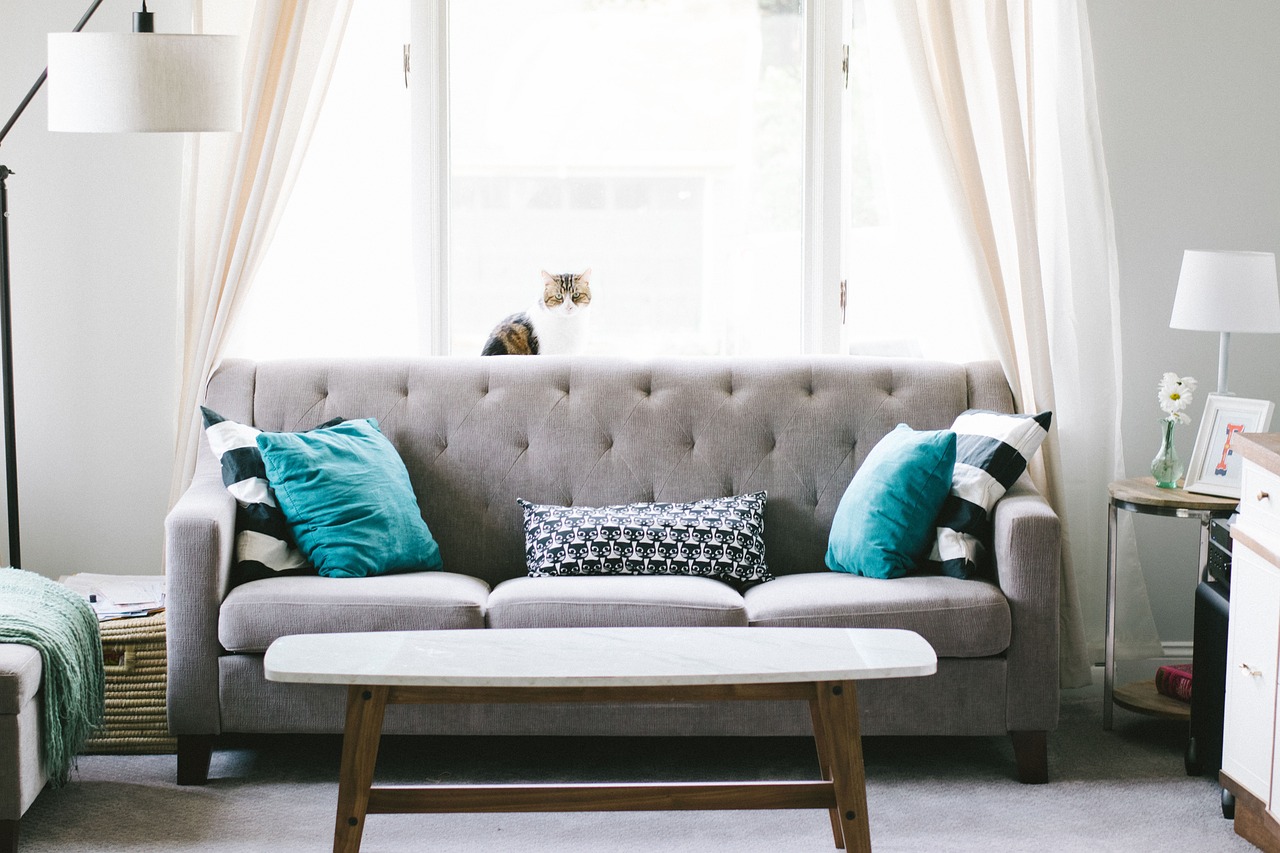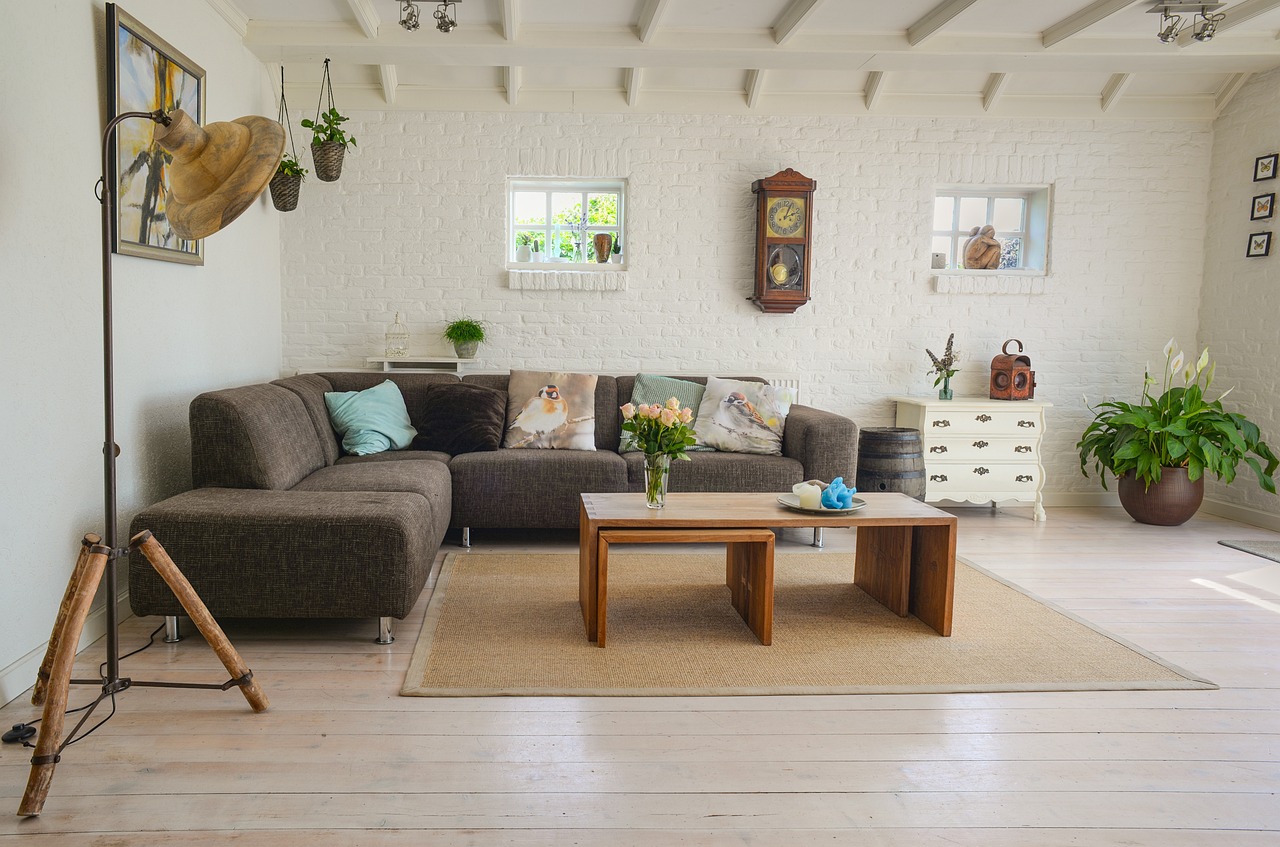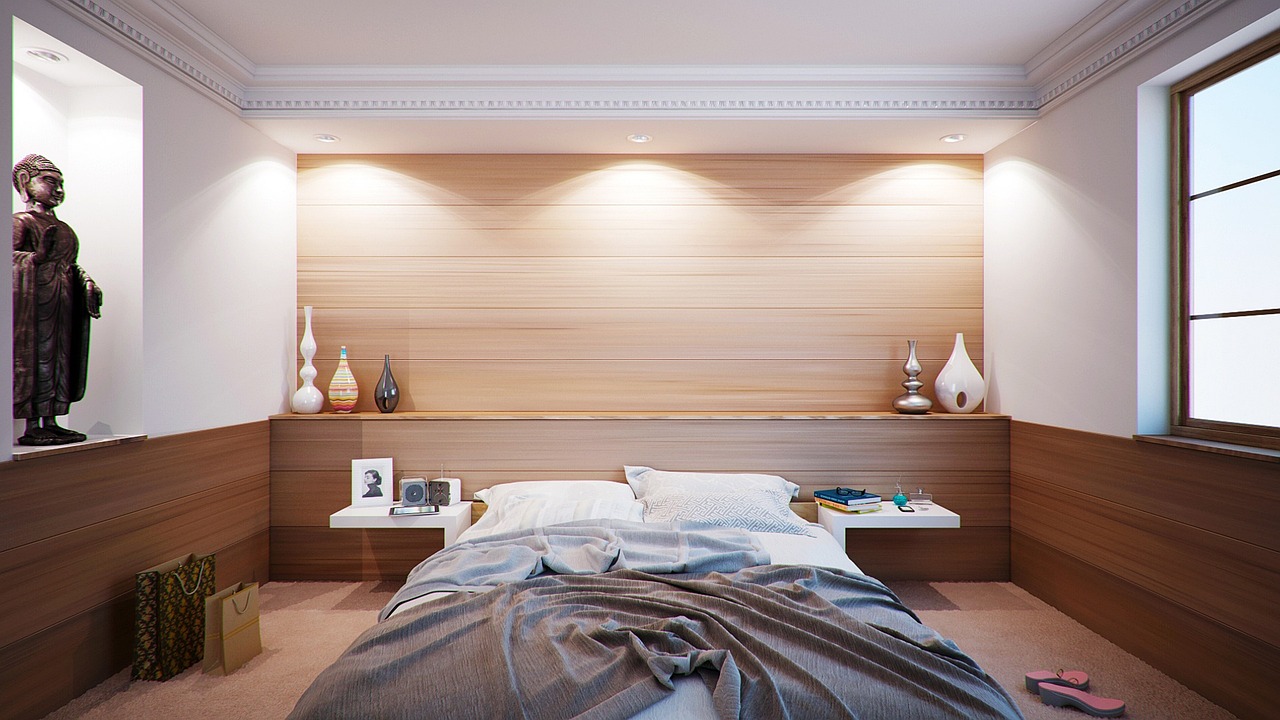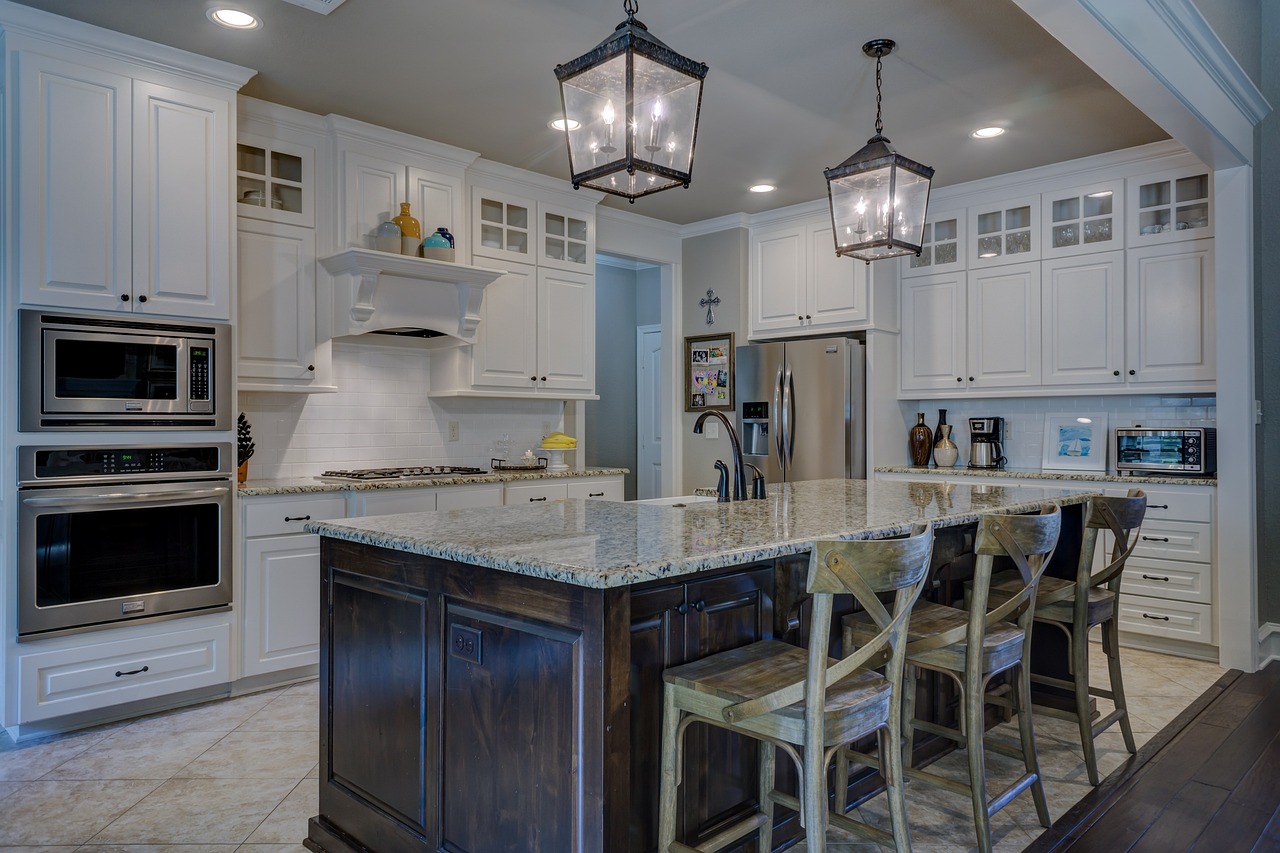Rediscovering the Charm: Why 1960s Patterns Still Capture Hearts

Introduction to 1960s Patterns
The 1960s were a vibrant decade marked by revolutionary changes in music, fashion, and design. The patterns that emerged during this era are not just relics of the past; they are a celebration of creativity and individuality. Can you recall the swirling paisleys, bold geometrics, and psychedelic prints that defined this exciting time?
Why 1960s Patterns Resonate Today
Even today, 1960s patterns hold a special place in our hearts. Here’s why:
- Bold Colors: The vibrant hues of the 60s evoke feelings of joy and nostalgia. Think about how a pop of color can brighten your day!
- Unique Designs: Each pattern tells a story. From floral motifs to abstract shapes, these designs invite us to explore our creativity.
- Vintage Appeal: Many find comfort in the nostalgia of this era. Does a familiar pattern remind you of a cherished memory?
The Versatility of 1960s Patterns
1960s patterns are not just limited to clothing; they have made their way into home decor, textiles, and art. Consider these versatile applications:
| Application | Examples |
|---|---|
| Fashion | Maxi dresses, bell-bottoms, and mod suits |
| Home Decor | Wallpapers, upholstery, and curtains |
| Art | Posters, paintings, and graphic design |
How to Incorporate 1960s Patterns in Your Life
Feeling inspired? Here are some ways to incorporate these timeless patterns into your life:
- Fashion Choices: Look for clothing or accessories that feature classic 60s patterns. Have you ever owned a piece that made you feel fabulous?
- Home Decor: Consider adding a touch of 1960s flair to your home with patterned cushions or retro wallpaper. What would your favorite room look like with a splash of 60s design?
- Art Projects: Create your own artwork inspired by 1960s patterns. Have you tried using stencils or fabric to bring your vision to life?
A Final Thought
The 1960s were a time of boldness and innovation. Embracing these patterns in our lives today not only honors that spirit but also allows us to express ourselves in unique ways. So why not take a moment to reflect on the patterns that have touched your life? Which ones bring a smile to your face?
A Journey Through Time: The Stories Behind Iconic 1960s Designs

Introduction to 1960s Design
The 1960s was a decade marked by change, creativity, and cultural evolution. It was a time when design began to reflect the spirit of freedom and self-expression. As we take a journey through this vibrant era, let’s explore the stories behind some of the most iconic patterns that defined the decade.
The Boldness of Geometric Patterns
Geometric patterns emerged as a symbol of modernity. Think of the bold, angular designs that adorned everything from wallpaper to clothing. These patterns were not just decorative; they represented a shift towards a more futuristic vision.
Can you recall a time when you wore or saw a dress featuring sharp triangles or circles? These designs often sparked conversations and made a statement about the wearer’s personality and values.
Floral Prints: A Nod to Nature
As the environmental movement began to take shape, floral prints became immensely popular. Designers like Mary Quant embraced the beauty of nature, incorporating vibrant floral patterns into their collections. These prints were not only visually appealing but also symbolized a connection to the natural world.
Do you remember the feeling of wearing a bright floral dress on a sunny day? It was more than just clothing; it was about embracing life and the joy of living.
The Psychedelic Revolution
The late ’60s introduced the psychedelic movement, characterized by swirling patterns and vibrant colors. Artists and designers began to experiment with abstract forms and kaleidoscopic designs that mirrored the changing social landscape.
Have you ever attended a concert or festival where the visuals were just as mesmerizing as the music? This was the essence of the ’60s psychedelic culture, where art and experience intertwined.
Mod Fashion and Pop Art
Mod fashion took the world by storm, and with it came patterns that were both playful and sophisticated. Pop art influences led to designs featuring bold colors and graphic shapes, often inspired by the works of artists like Andy Warhol. These designs were a celebration of youth culture and the desire to break away from tradition.
Can you recall any memorable outfits from that time? Perhaps a dress or suit that embodied the playful spirit of the mod movement?
Conclusion: The Legacy of 1960s Patterns
The patterns of the 1960s continue to inspire designers today. They remind us of a time when creativity knew no bounds and self-expression was paramount. As we reflect on these iconic designs, let’s celebrate the stories they tell and the lives they touched.
What are your favorite memories associated with these patterns? Perhaps it’s a cherished garment or a significant event that comes to mind. Each pattern carries with it a narrative that connects us to the past, enriching our understanding of style and culture.
Crafting Nostalgia: How to Incorporate 1960s Patterns into Modern Living

Understanding 1960s Patterns
The 1960s was a decade of experimental design, marked by bold colors and geometric shapes. Florals, stripes, and psychedelic prints dominated the scene. These patterns evoke a sense of nostalgia and can add a unique flair to contemporary spaces.
Bringing 1960s Patterns into Your Home
Ready to dive into the world of 1960s patterns? Here are some creative ways to incorporate these timeless designs into your modern living:
1. Accent Walls
Transform a plain wall by using wallpaper or paint that features iconic 1960s patterns. Consider bold geometric shapes or large floral designs to create a focal point in the room.
2. Textiles and Fabrics
Introduce vintage-inspired fabrics through cushions, throws, or curtains. Look for fabrics that showcase the lively patterns of the ’60s, such as paisley or mod prints, to add warmth and character.
3. Furniture Revival
Consider reupholstering old furniture with retro fabrics. A classic armchair or sofa can be transformed into a statement piece that channels the essence of the 1960s.
4. Art and Decor
Hang artworks or prints that feature 1960s-inspired designs. Look for pieces that encapsulate the spirit of the era, such as abstract art or pop art, to create visual interest.
5. Accessories
Incorporate small decor items like lamps, vases, or throw pillows that showcase 1960s patterns. These can be easily swapped out to refresh your space without a major commitment.
6. DIY Projects
Engage in some DIY fun by creating your own art or decor using 1960s patterns. Whether it’s painting a canvas or sewing a simple table runner, the possibilities are endless!
Final Thoughts
Incorporating 1960s patterns into your modern living can be an exciting journey of nostalgia. By thoughtfully integrating these designs, you can create a space that feels both timeless and personal.
Colorful Memories: The Psychological Impact of 1960s Patterns on Today’s Mindset
The 1960s was a decade rich with cultural revolution, and its patterns remain a vivid representation of that era. Many elderly individuals recall their youth with fondness, as the colors and designs of the time evoke strong emotions and memories. Let’s delve into how these patterns impact our mindset today.
The Power of Color
Colors can influence our feelings and thoughts. The vibrant hues of the 1960s—often seen in fashion, home decor, and art—were not just aesthetic choices but reflections of the societal changes happening at the time.
Bright Colors: Shades like orange, lime green, and electric blue were prevalent, promoting feelings of happiness and excitement.
Patterns: Bold geometric shapes and psychedelic designs created a sense of energy and creativity.
Nostalgia and Memory
For many elderly individuals, encountering these patterns can trigger nostalgia. This emotional response can have several psychological benefits:
Connection to the Past: Recalling fond memories can improve mood and reduce feelings of loneliness.
Storytelling: Sharing stories about the past can enhance social interactions and strengthen relationships.
Interactive Reflection
Here’s a fun activity to engage your memories:
| Pattern Type | How It Made You Feel | Memory Triggered |
|---|---|---|
| Floral Prints | Joy | Family Gatherings |
| Geometric Shapes | Excitement | Dance Parties |
| Psychedelic Swirls | Curiosity | Artistic Expression |
Today’s Mindset and 1960s Patterns
Incorporating elements of 1960s design into contemporary life can positively affect our mindset:
Creativity: Embracing these patterns can inspire creativity in art and home design.
Connection: Sharing these patterns with younger generations can bridge gaps and foster understanding.
As we reflect on the colorful memories of the 1960s, it’s clear that the patterns of that time hold a unique psychological significance. They remind us of who we are and where we come from, enriching our present experiences. What do these patterns remind you of?
Timeless Textiles: Exploring the Fabric of 1960s Style in Today’s Fashion
The 1960s was a decade of boldness, creativity, and vibrant expression. As we explore the fabric of this remarkable era, we find that the textiles of the 1960s continue to inspire contemporary fashion.
Iconic Patterns of the 1960s
In the 1960s, patterns were not just designs; they were statements. Let’s take a closer look at some iconic patterns and their significance:
- Geometric Prints: Bold shapes and lines that conveyed modernity.
- Floral Designs: A reflection of the counterculture movement, bringing nature indoors.
- Polka Dots: Playful and whimsical, often associated with youthful exuberance.
The Fabric of the Era
Textiles of the 1960s were characterized by innovative materials and techniques. Here are some key fabrics:
- Silk: Luxurious and flowy, perfect for dresses and blouses.
- Polyester: Revolutionized fashion with its durability and vibrant colors.
- Denim: Became a staple for casual wear, symbolizing youth culture.
1960s Fashion Icons
Many fashion icons emerged during this time, influencing styles that are still relevant today. Consider:
- Audrey Hepburn: Known for her elegant simplicity, often wearing fitted dresses with geometric patterns.
- Twiggy: The face of the mod movement, celebrated for her bold prints and androgynous style.
- Jackie Kennedy: Embodied classic elegance, often seen in tailored suits and floral prints.
Modern Interpretations
Today, these timeless textiles and patterns have found new life in modern fashion. Here are some ways to incorporate 1960s style into your wardrobe:
- Mixing Patterns: Don’t shy away from pairing floral tops with geometric skirts.
- Accessorizing: Use scarves or handbags featuring 1960s prints to add flair to your outfit.
- Statement Pieces: Invest in a bold, patterned dress that captures the spirit of the 1960s.
The 1960s taught us that fashion is cyclical and that elegance never goes out of style. By embracing the patterns and fabrics of this era, we can enjoy a timeless connection to our past while expressing our individuality in the present.
